Idea by
Mario Novas, Katerina Kliwadenko
KLIWADENKO NOVAS
http://www.kliwadenkonovas.com/
Call for ideas 2018
Do More With Less
Do More With Less
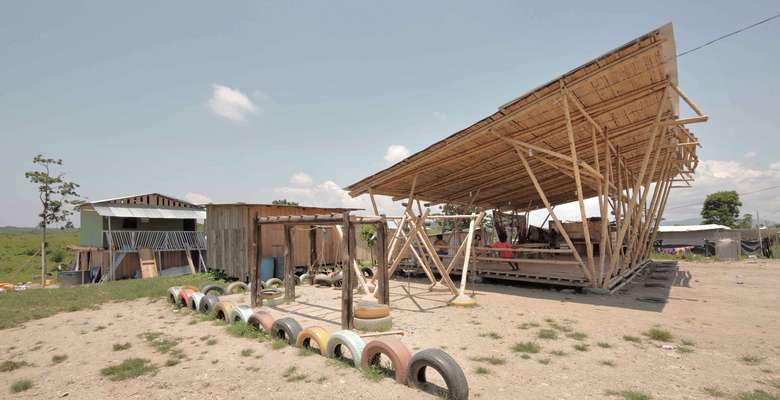
By 2030, two billion people are expected to be living in slums. Therefore learn how to operate in conditions with low capital resources, giving an answer to the economy from the local is the great challenge.
Do More With Less is a documentary that sets the attention in Latin American architecture because its context of constant crisis compels the discipline to reinvent itself and to seek innovation in local resources.
It shows how young architects are bringing about a change in paradigm by offering a new understanding of the way this profession interacts with society. The construction of real projects with students allows them the transformation of the academy in order to achieve continuity in the next years.
The film aims to constitute an answer to architecture students and young architects who are facing the current worldwide crisis of the discipline.
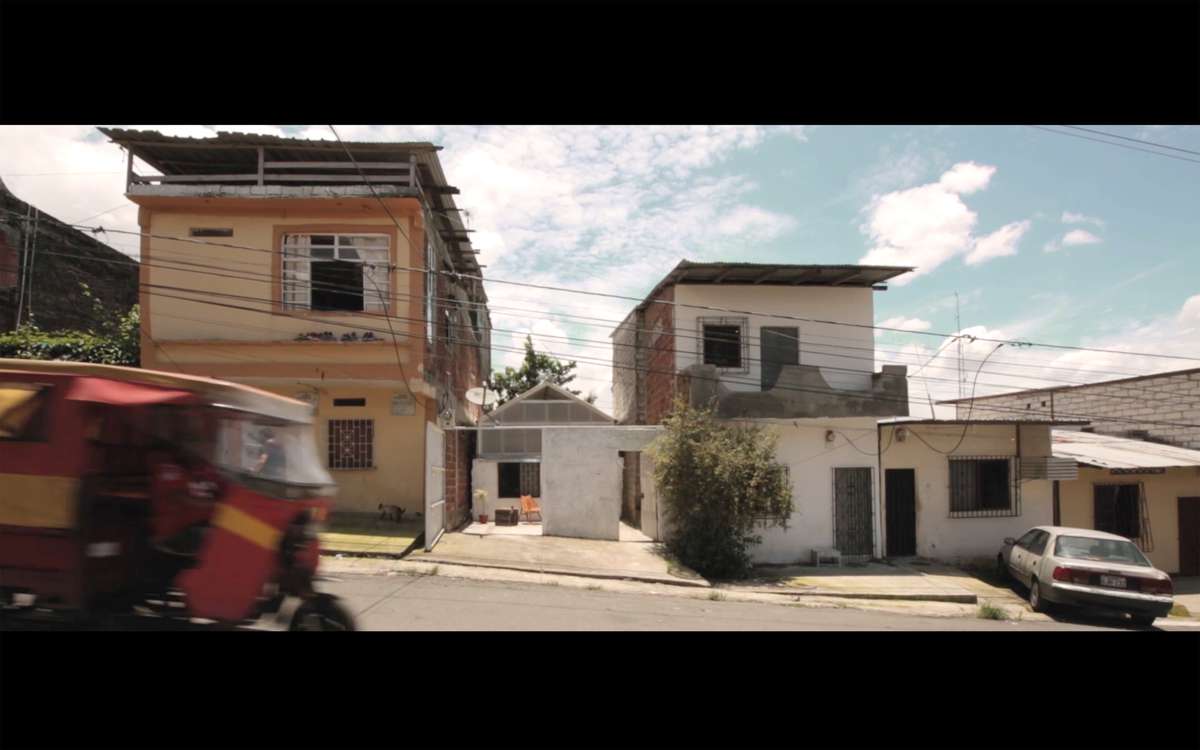
Footage of the documentary; La Prosperina House in Guayaquil.

Footage of the documentary; aerial view of Quito´s self-constructed houses.
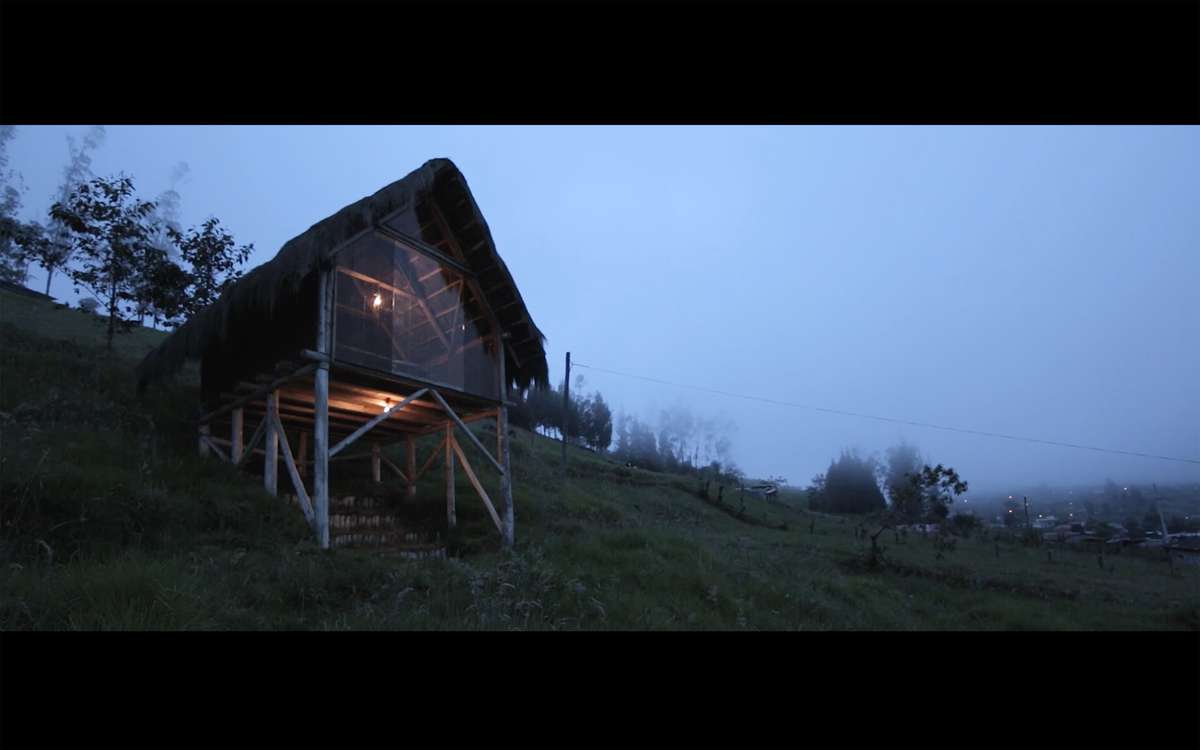
Footage of the documentary; architecture student´s project named KUSY KAWSAY.
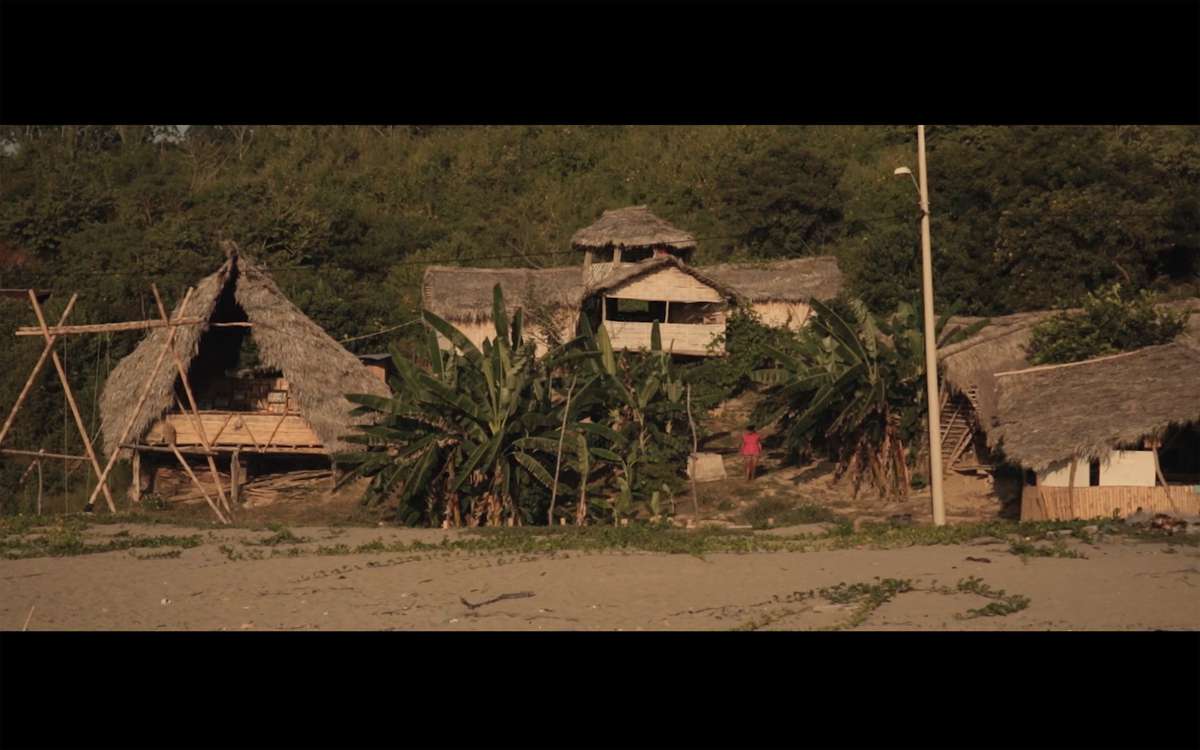
Footage of the documentary; New Hope School made by Al Borde.

Footage of the documentary; Carrizal House, Daniel Moreno and Sebastian Calero
Do More With Less
Do More With Less

By 2030, two billion people are expected to be living in slums. Therefore learn how to operate in conditions with low capital resources, giving an answer to the economy from the local is the great challenge.
Do More With Less is a documentary that sets the attention in Latin American architecture because its context of constant crisis compels the discipline to reinvent itself and to seek innovation in local resources.
It shows how young architects are bringing about a change in paradigm by offering a new understanding of the way this profession interacts with society. The construction of real projects with students allows them the transformation of the academy in order to achieve continuity in the next years.
The film aims to constitute an answer to architecture students and young architects who are facing the current worldwide crisis of the discipline.
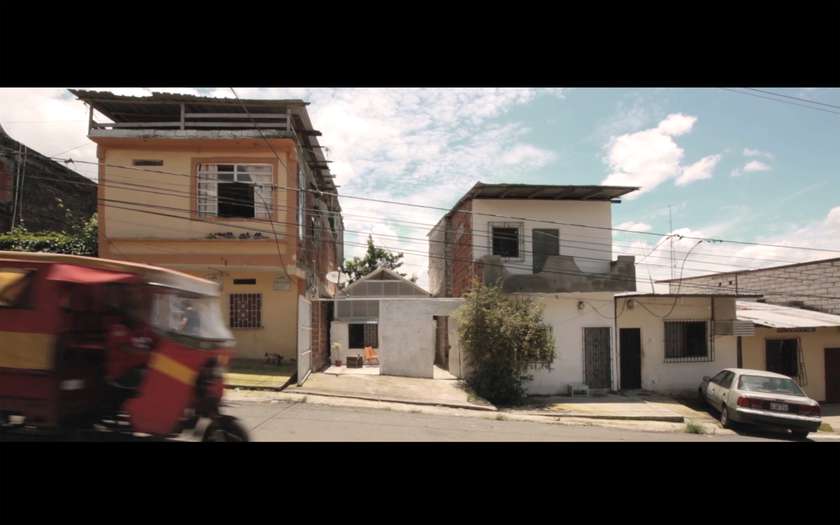
Footage of the documentary; La Prosperina House in Guayaquil.
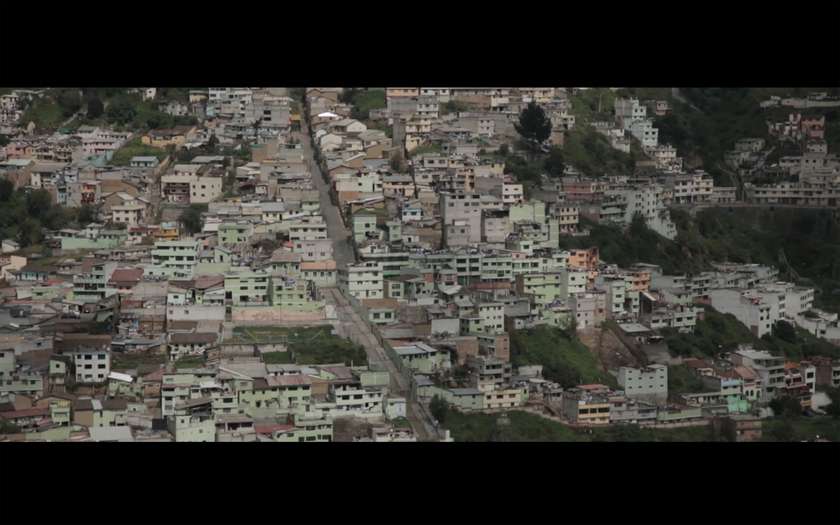
Footage of the documentary; aerial view of Quito´s self-constructed houses.
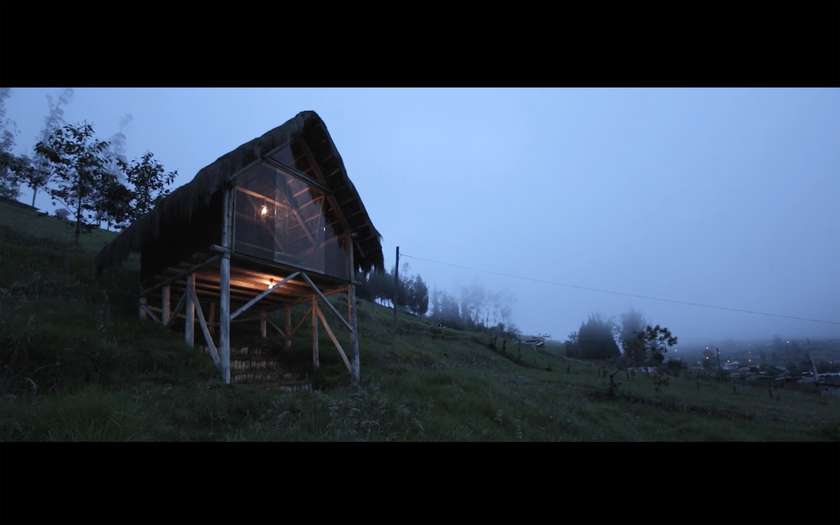
Footage of the documentary; architecture student´s project named KUSY KAWSAY.
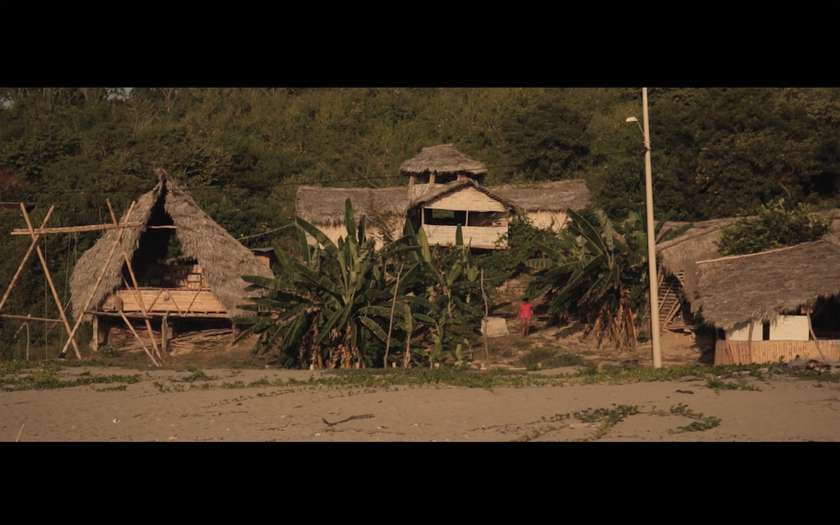
Footage of the documentary; New Hope School made by Al Borde.
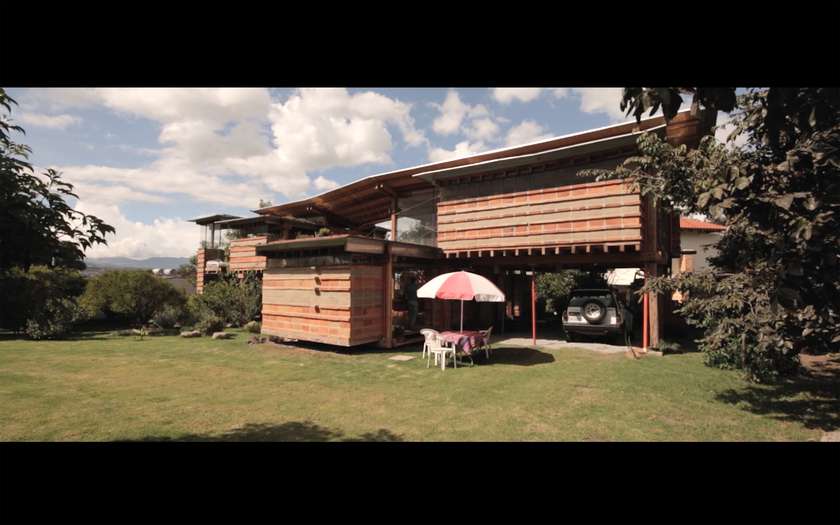
Footage of the documentary; Carrizal House, Daniel Moreno and Sebastian Calero